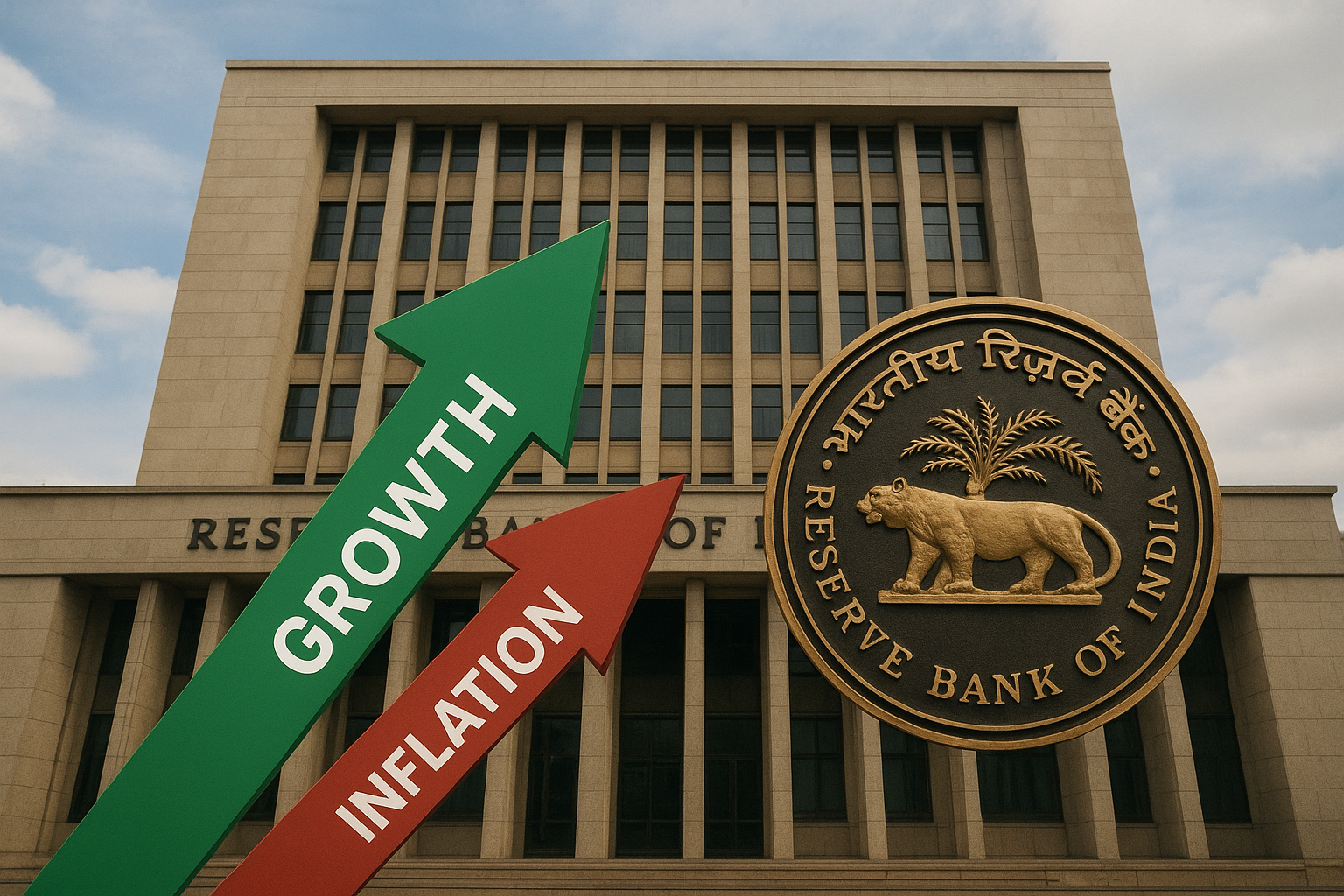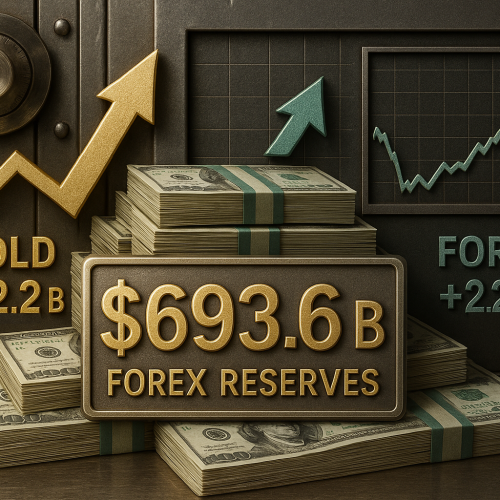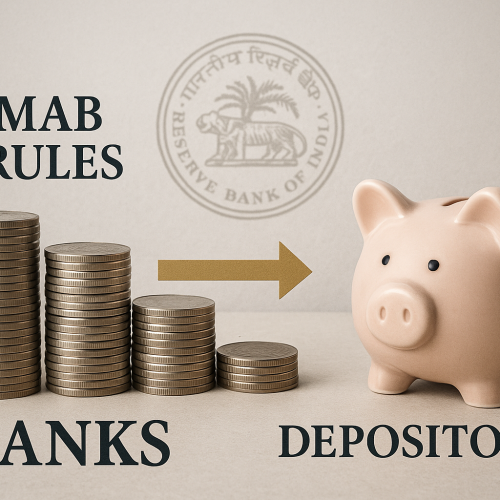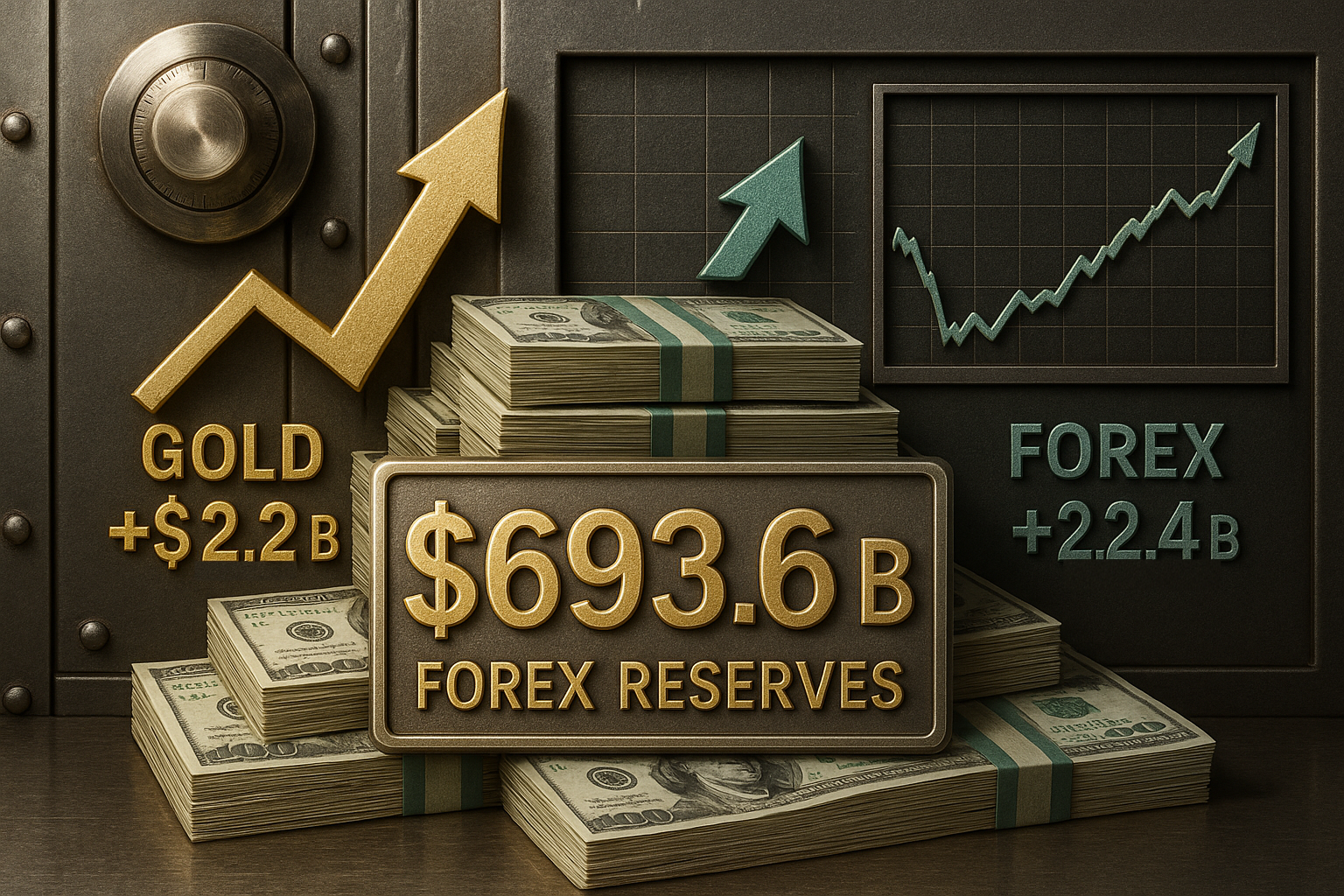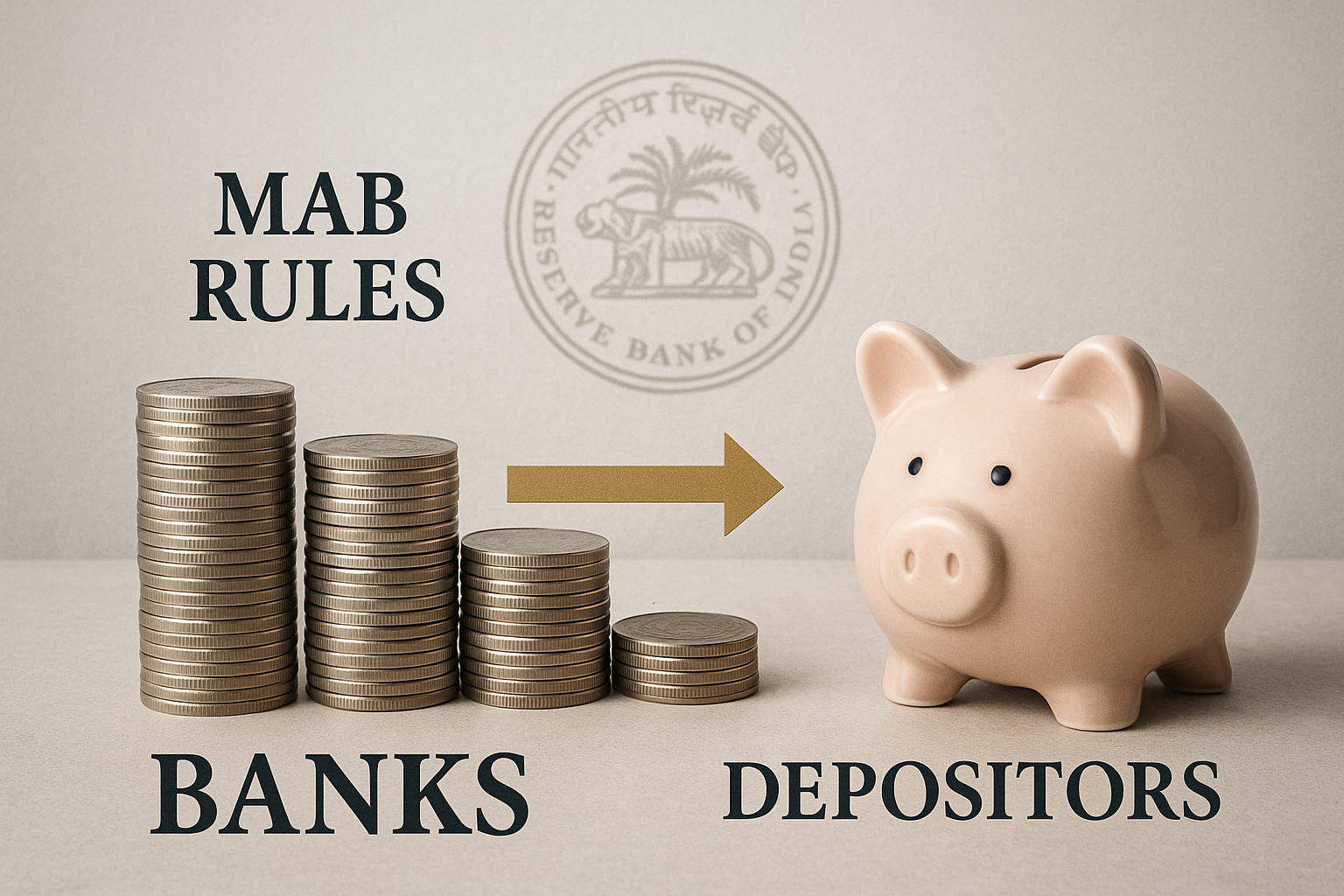Economists expect the Reserve Bank of India (RBI) to keep interest rates unchanged in the near term, signalling that its primary focus will be on sustaining economic growth rather than aggressively tackling inflation. This outlook follows the RBI’s latest monetary policy stance, which emphasises supporting economic momentum amid evolving global and domestic challenges.
Background
In its recent policy review, the RBI kept the repo rate steady at 6.50% for the eighth consecutive meeting. The central bank has balanced its dual mandate—price stability and economic growth—by maintaining a cautious approach. With headline inflation easing but still vulnerable to supply-side shocks, the RBI appears more inclined to nurture investment and demand rather than implement rate cuts that could risk price stability.
Growth vs. Inflation Dynamics
Economic Growth Priority: Economists believe that the RBI is placing stronger emphasis on boosting GDP growth, particularly in the backdrop of moderate inflation trends.
Inflation Moderation: Retail inflation has cooled to multi-month lows, but policymakers remain wary of risks from volatile food and energy prices.
Interest Rate Outlook: The consensus among economists is that rate cuts are unlikely before early 2026 unless there is a significant slowdown in growth or a sharper-than-expected decline in inflation.
Expert Views
Economists’ Consensus: Growth remains the central focus, with the RBI possibly waiting for a sustained inflation decline before easing rates.
Market Strategists: The cautious stance is aimed at avoiding capital outflows and ensuring financial market stability in an uncertain global environment.
Market Implications
The RBI’s stance could provide stability to bond markets, as expectations of immediate rate cuts are tempered. For equity markets, the focus on growth may support sectors such as infrastructure, banking, and consumer goods.
Conclusion
With global economic uncertainties and domestic growth imperatives in mind, the RBI appears committed to maintaining its current policy stance. While inflation remains on the radar, stimulating growth seems to be the dominant objective—meaning borrowers and investors may need to adjust their expectations for quick rate relief.

